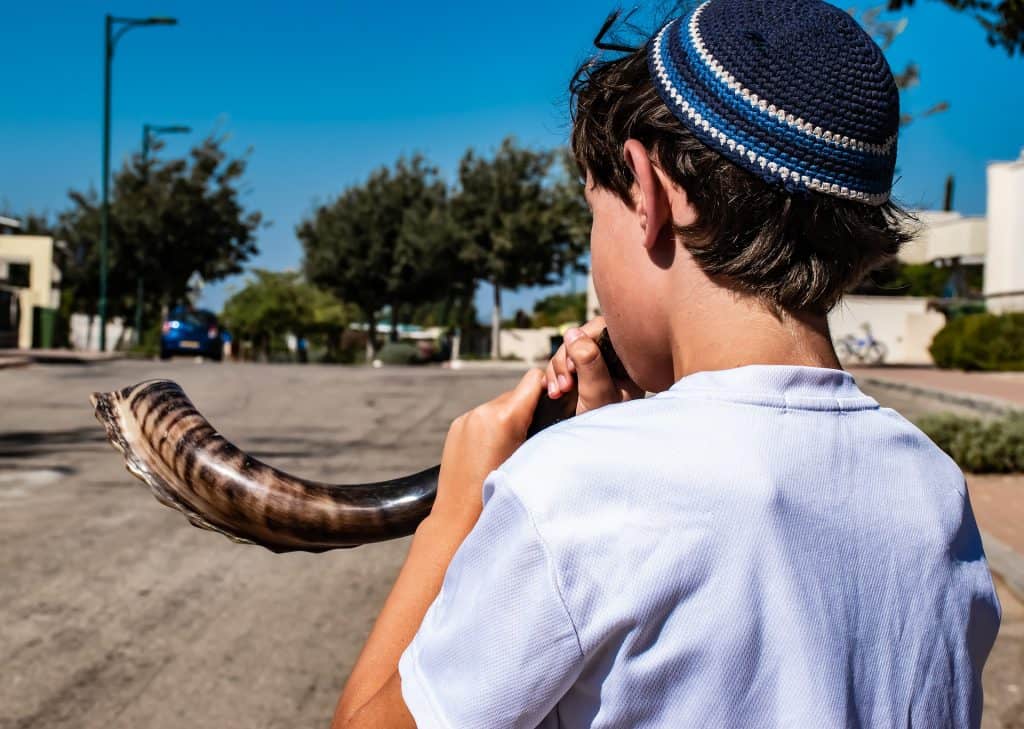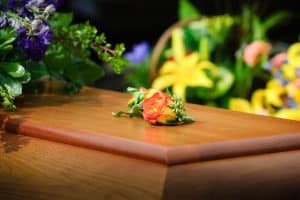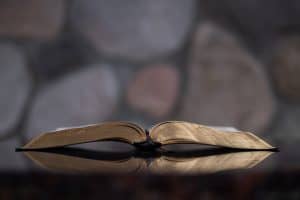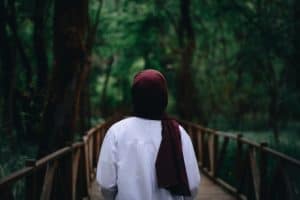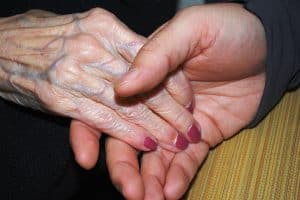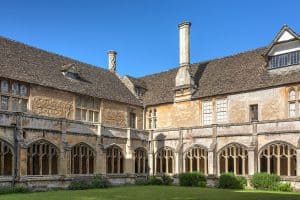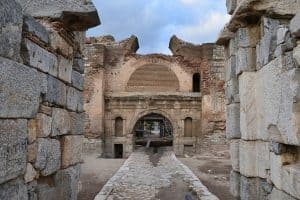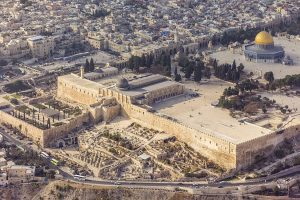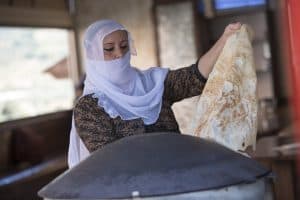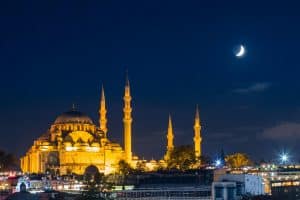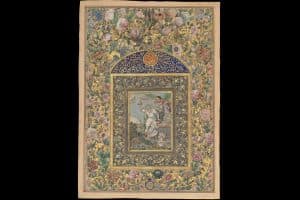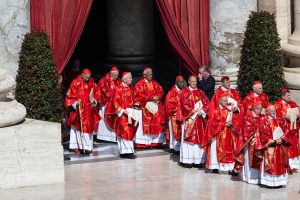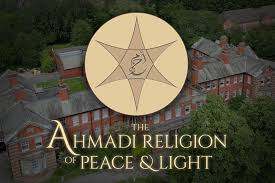By Lianne Kolirin
Yom Kippur, the Day of Atonement, is the holiest day in the Jewish calendar. It is observed with a 25-hour fast and is a time of contemplation and forgiveness
What is Yom Kippur?
Yom Kippur begins at sunset on the 10th day of the Jewish lunar month of Tishrei, which falls in September or October each year, and ends 25 hours later. It is the culmination of the Yamim Hanoraim — Days of Awe or 10 days of repentance — that start with Rosh Hashanah, the Jewish new year on the first day of Tishrei.
It takes place every year on the day, according to Jewish tradition, when Moses came down from Mount Sinai for the second time. The first, as described in the Bible, is when he descended with the Ten Commandments and found the children of Israel worshipping the golden calf — leading him to smash the sacred tablets. He ascended the mountain again and came back down after 40 days.
It is said to be a day of forgiveness, prayer and contemplation when God grants worshippers a fresh start and the opportunity to start again.
How is Yom Kippur observed?
It is traditionally observed with a 25-hour fast that is to be observed by those over the age of bar mitzvah and bat mitzvah — 13 for boys and 12 for girls. Strict observance also involves not washing and abstaining from “various physical pleasures or adornments such as not wearing leather shoes”, according to the United Synagogue. The idea is to not be distracted from prayer and to be as pure as angels who do not need to eat.
The beginning of Yom Kippur is marked on the first evening with the solemn Kol Nidre service, the first of five prayer services throughout the festival. The synagogue services the next day run from morning to evening. Prayers include the Yizkor memorial service for the dead, a reading of the Book of Jonah because of its message of repentance, and Neilah, which signifies the “closing of the gates” at sunset when the shofar, a ritual ram’s horn, is blown.
Many Jewish people who do not consider themselves particularly observant practise some element of Yom Kippur — whether it be fasting or attending synagogue. Families often gather for a big meal before the fast comes in, while sometimes also “breaking the fast” together at the end.
Lianne Kolirin is a freelance journalist
Useful links
Shana Tova! a publication from United Synagogues to mark the High Holy Days, with a message from Rabbi Lord Jonathan Sacks
Chabad.org Lubavitch Hasidic Jewish organisation

